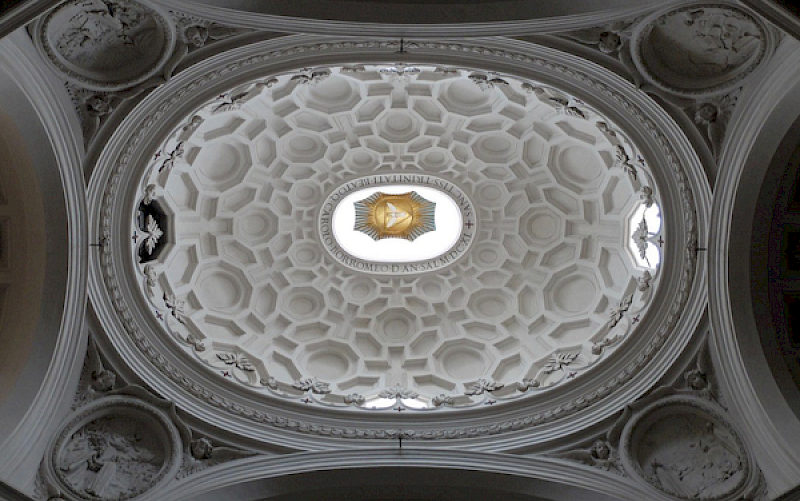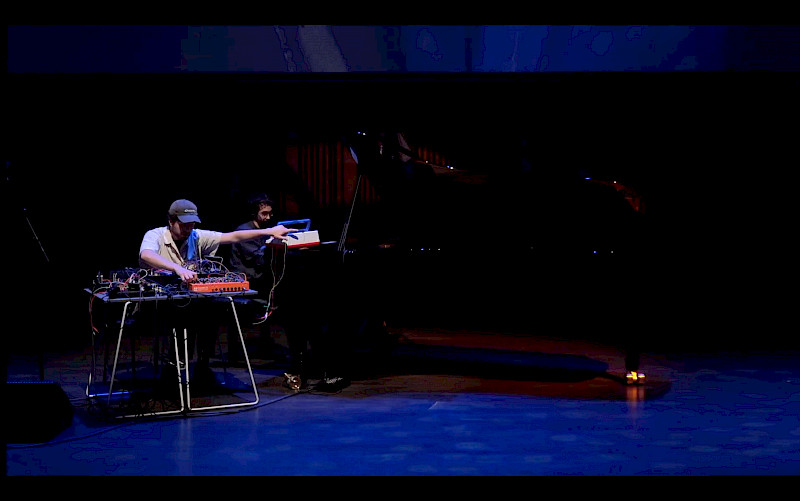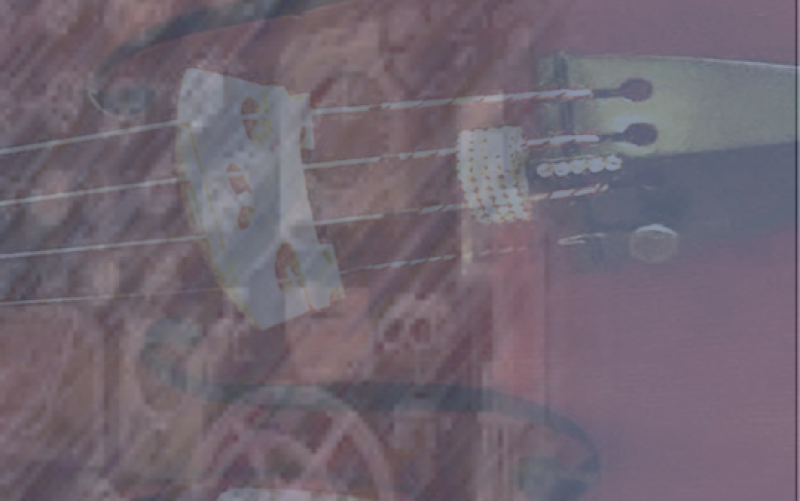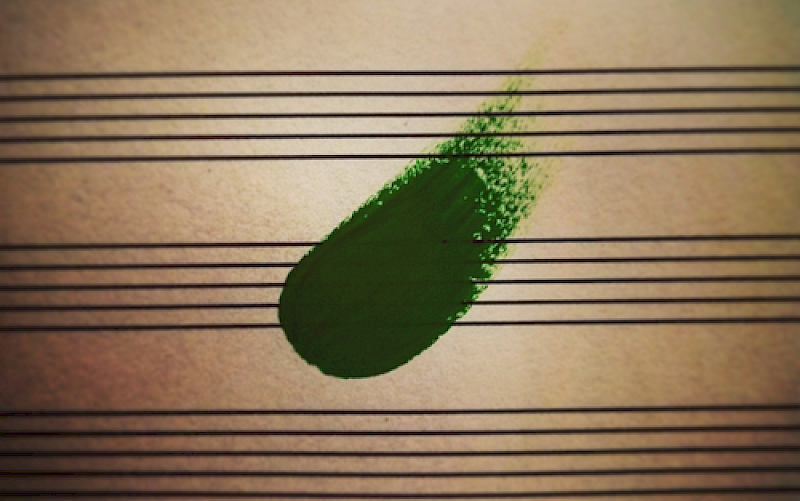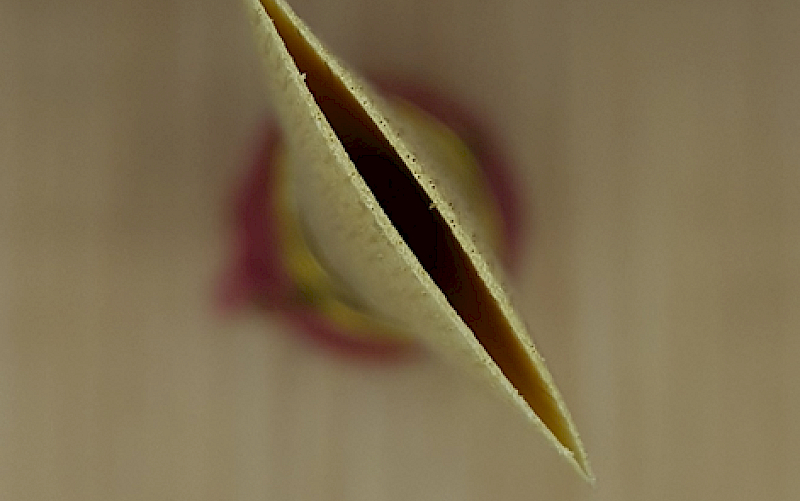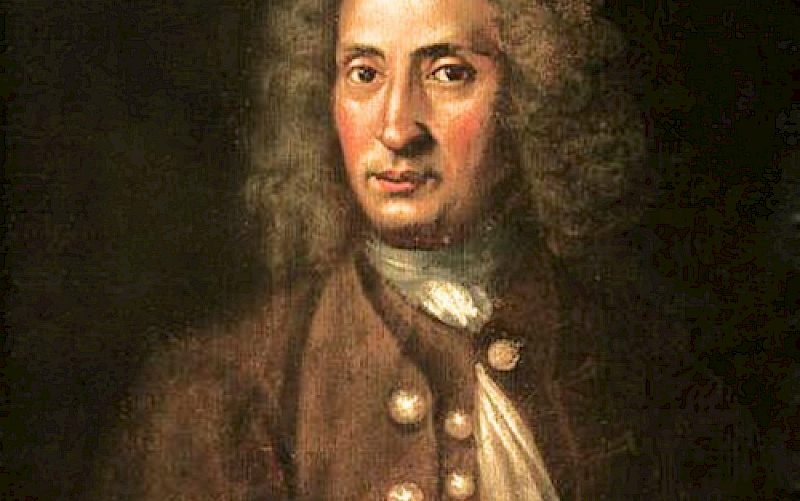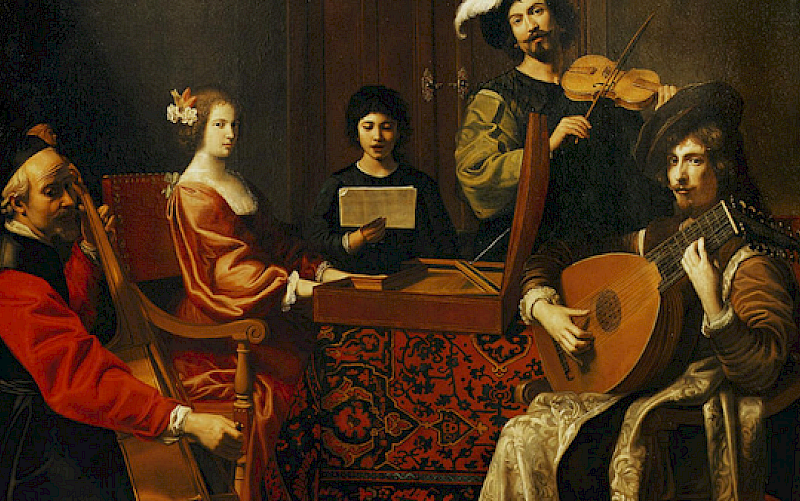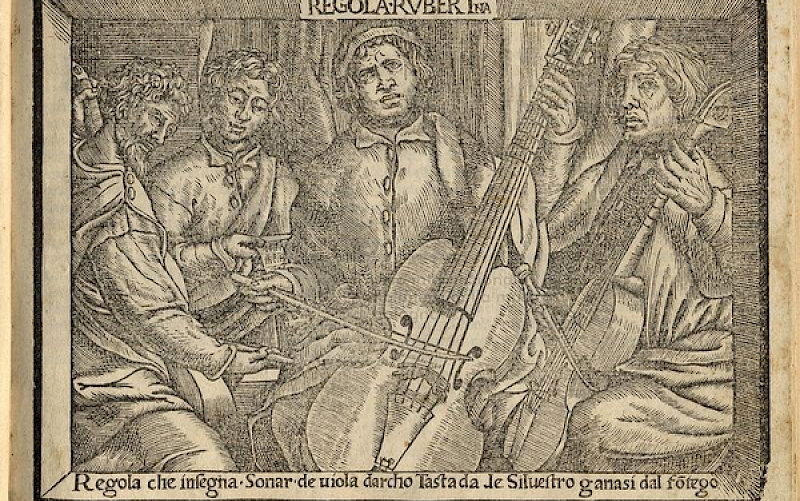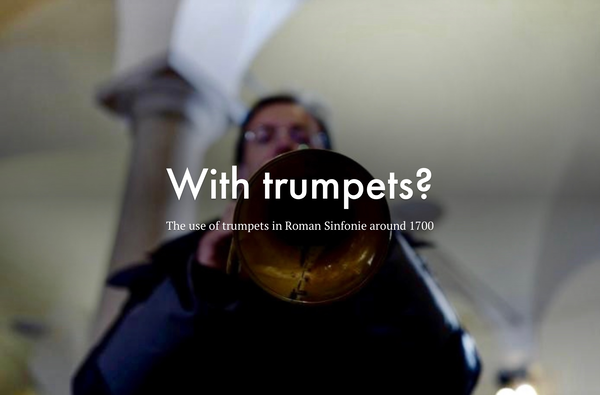
With trumpets?
A good deal of mystery still surrounds some aspects of Arcangelo Corelli's work. Firstly, although he was recognised as the main composer of Sinfonie in Rome around 1700, all of his repertoire of this genre, with the exception of one, seems to have disappeared; secondly, none of his survived orchestral scores contains evidence of the well documented practice of using winds, trumpets in particular, in conjunction with strings. To fill these gaps, speculations have tried to identify, amongst Corelli's works, not only the ones that might have originated as Sinfonie, but also those that might have included trumpets in their original form. This research moves along the same path but sets a slightly different goal: on the one hand it considers that it is virtually impossible to determine if any of Corelli’s survived compositions were originally conceived as Sinfonie with trumpets. On the other hand, it argues that through a study of Lulier's Santa Beatrice d'Este oratorio - a work that preserves the only genuine Corelli's Sinfonia that has survived - and through a comparative analysis of the two Handel's Roman oratorios, it is possible to approach closely the soundscape of Corelli's Sinfonie con trombe. To achieve that goal, in accordance with contemporary Roman examples, newly composed trumpet parts have been integrated into some movements of three concertos from Opus 6. The outcome can be listened in the audio-video material part of this paper. Whether the addition of trumpets on top of a string-only movement could have been improvised, and not planned beforehand with written parts, is open to further speculation.
Author: Fabio Bonizzoni
